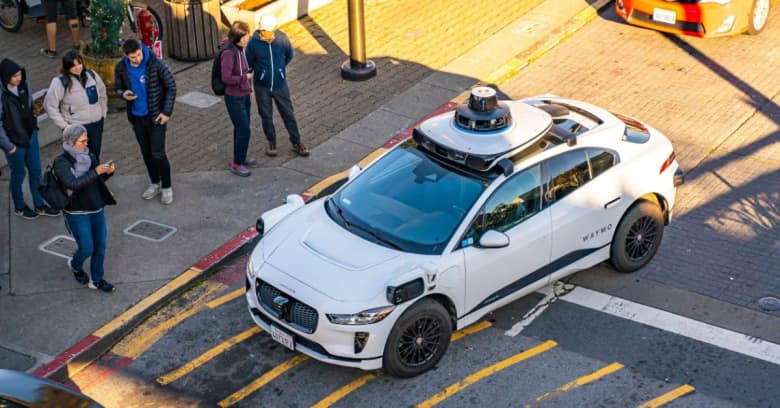Self-driving cars use advanced systems that enable them to move and make decisions independently. The technology behind self-driving cars includes light detection and ranging (LiDAR), advanced cameras and machine learning algorithms that sense their environment, process data and respond instantly. These tools help the cars plan routes, avoid obstacles and ensure safe driving.
These vehicles offer benefits such as enhanced safety, improved fuel efficiency and increased accessibility for those unable to drive. However, they also face challenges like technological limitations and ethical dilemmas. Financially, owning a self-driving car involves costs like purchase price, maintenance and insurance, but can ultimately lead to long-term savings.


